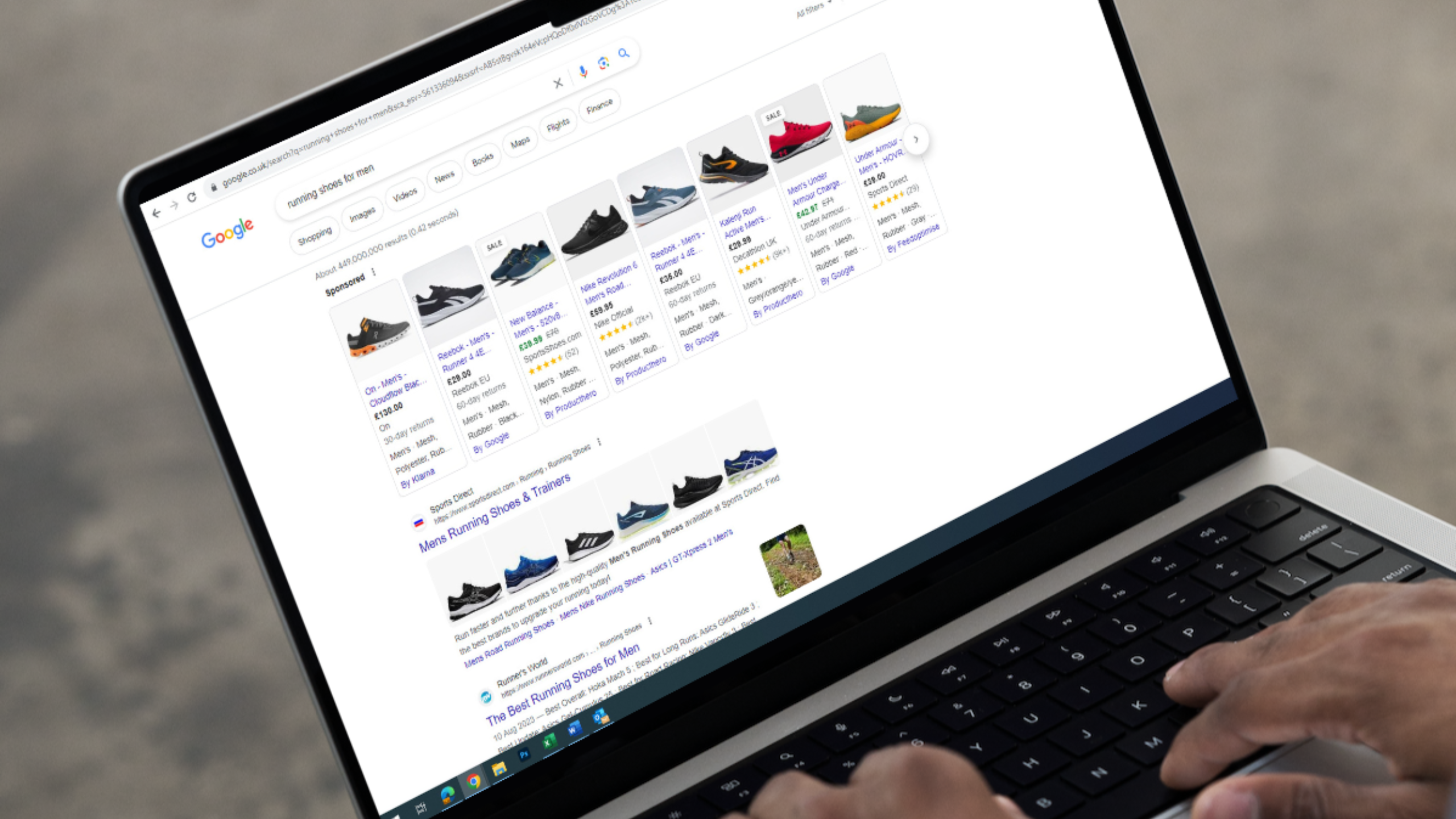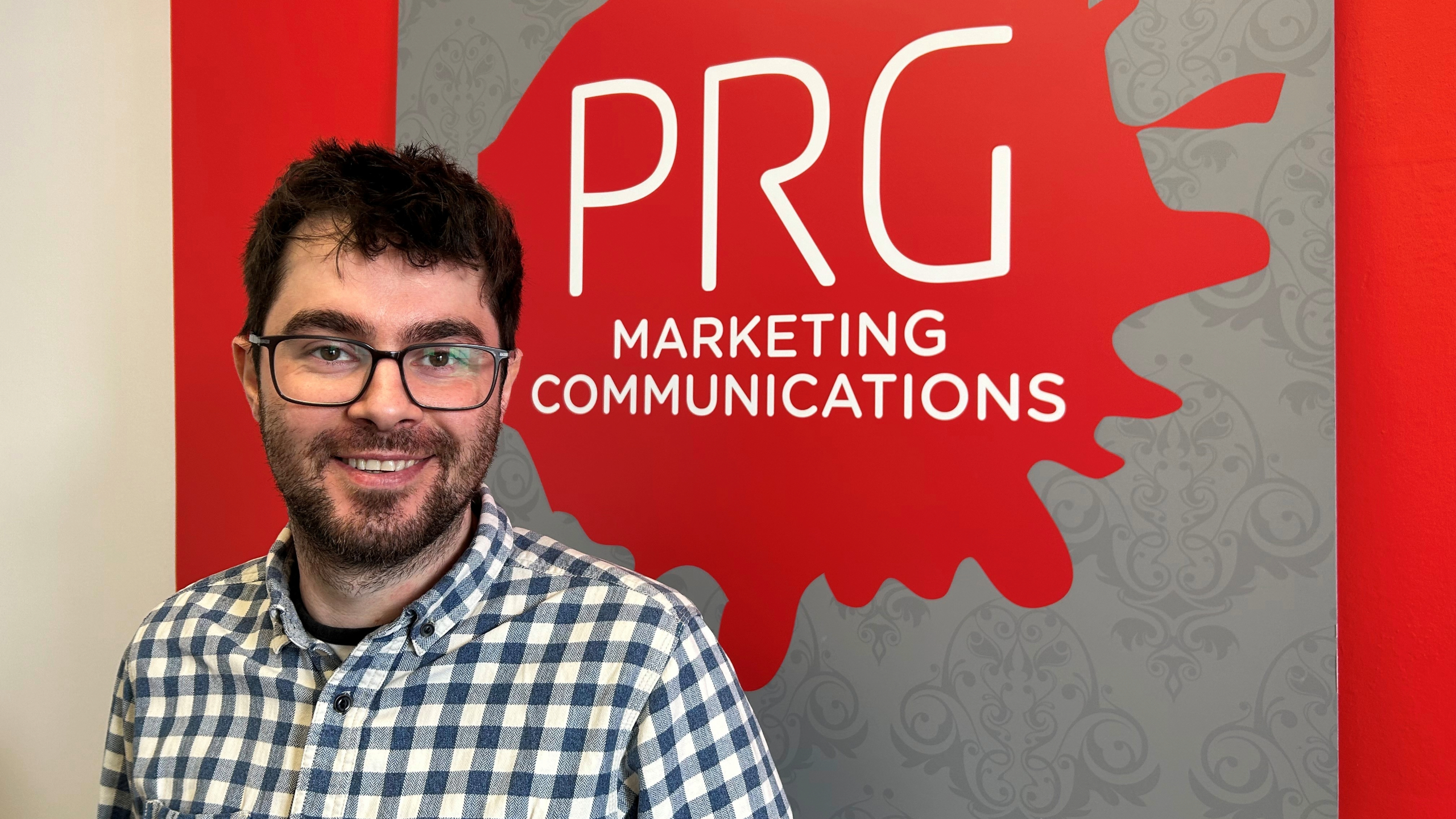
In the dynamic world of e-commerce, the key to triumph lies in innovation and adaptability. For e-commerce stores seeking to amplify their online visibility, engagement, and conversions, there’s a formidable weapon in the digital marketing arsenal: Performance Max campaigns for Google Shopping.
These campaigns are engineered to optimise sales conversions by capitalising on Google’s AI-powered automation and navigating an intricate web of channels.
Buckle up as we take you through Performance Max campaigns and how they can steer your e-commerce venture toward unparalleled growth.
Campaign Overview
- Campaign Type – Performance Max – The type of Google ads campaign recommended for Google shopping campaigns is called ‘Performance Max’. It is designed to rely more on Google’s AI-assisted automation to help analyse the multitude of variables to help optimise the campaign for more sales conversions.
- Campaign Channels – Performance Max campaigns are rather complex because they push the ads out across the array of Google’s platforms:
- Search Network – Appearing at the top of people’s Google search results.
- Display Network – Appearing on a vast network of other websites and blogs that monetise their website by displaying Google ads.
- YouTube – Appearing within YouTube.
- Email – Appears as ads in people’s Gmail feeds.
- Discovery Network – Appearing in feeds on the Google app, YouTube app or Gmail app.
- Nature of Performance Max Campaigns – These campaigns use various Google algorithms across all the different channels, with AI insights to analyse and automate click price bidding levels, audience targeting – (i.e. age, gender, location, interest, etc), optimal ad content (i.e. what written text is displayed to leads to greater conversions, along with what are called Ad extensions.
- These campaign types are more effective at optimising sales because they are very complex to analyse all the different variables, across all the different channels, in relation to other competitors.
- It does mean though, that because of the vast complexity, Google isn’t able to provide the campaign manager/client with as much intricate information because there is just so much of it. So initially it is a bit of a black box while Google works out best what works and what doesn’t.
Let us explain a bit more…
Campaign Journey
- Phase 1 – Initial Data Gathering (1-2weeks)
- In this initial period, Google needs time to understand more about your business, its current web traffic, its activities (i.e. product types), and the target audiences. As an extremely simplified rule-of-thumb, Google needs to receive around 200-300 clicks on the keywords to begin to assess what words are driving better traffic.
- Phase 2 – Learning Period (2-4+ weeks)
- During this period, try not to make too many changes to the campaign. Google is still gathering all the information it needs to see what products are resonating better with audiences, across various channels, in relation to the competition.
- It also analyses the ‘Click Through Rate’ from the ads, to see which ads are performing better and then making changes to test many variations against one another.
- During this ‘Learning’ period, Google takes into account other factors and variables:
- Various settings on the bidding strategy
- Changes to conversion actions
- Testing of AI ‘Smart Bidding’ strategies
- Google will assess which products are performing well, and which aren’t, which to stop (i.e. those that are not converting, so why carry on paying for clicks), and begin to exclude non-performing audiences.
- During this period, you’re likely to see higher than normal CPCs (Cost Per Click) and lower conversion rates because the algorithms are learning.
- This period can take longer than four weeks depending on the amount of traffic and clicks. It might need longer to accumulate enough information to be able to make better-informed decisions.
- Phase 3 – Optimisation and Decision-Making (4-12weeks)
- Trends and patterns will begin to emerge, and manual input can begin to be incorporated to direct the campaign. For instance, you can tweak bidding strategies, optimising images, edit product information, and / or adjust audience targeting.
- The metrics used to make decisions for particular products will be the Click-Through Rates, Cost-per-click, Return on Ad Spend, and Cost per conversion.
- Phase 4 – Campaign Maturation (4-12months)
- After a few months, the campaign will mature and really focus on driving positive Return on Ad Spend (ROAS) for the best-performing products with highly refined audiences. The longer the campaign runs, the better the performance as the AI continues to learn and gather rich data.
Steering E-Commerce Excellence Through Performance Max
As the e-commerce landscape continues to evolve, staying ahead can translate into tangible results. Performance Max Google Shopping campaigns offer the e-commerce arm of your businesses the opportunity to harness the full spectrum of Google’s platforms and AI-driven insights.
The journey from data gathering to campaign maturation might be intricate, but if you are serious about maximising your online sales, this journey is well worth exploring.
If you would like to elevate your e-commerce efforts and reach the audiences that matter, please reach out to a member of our dedicated team.

